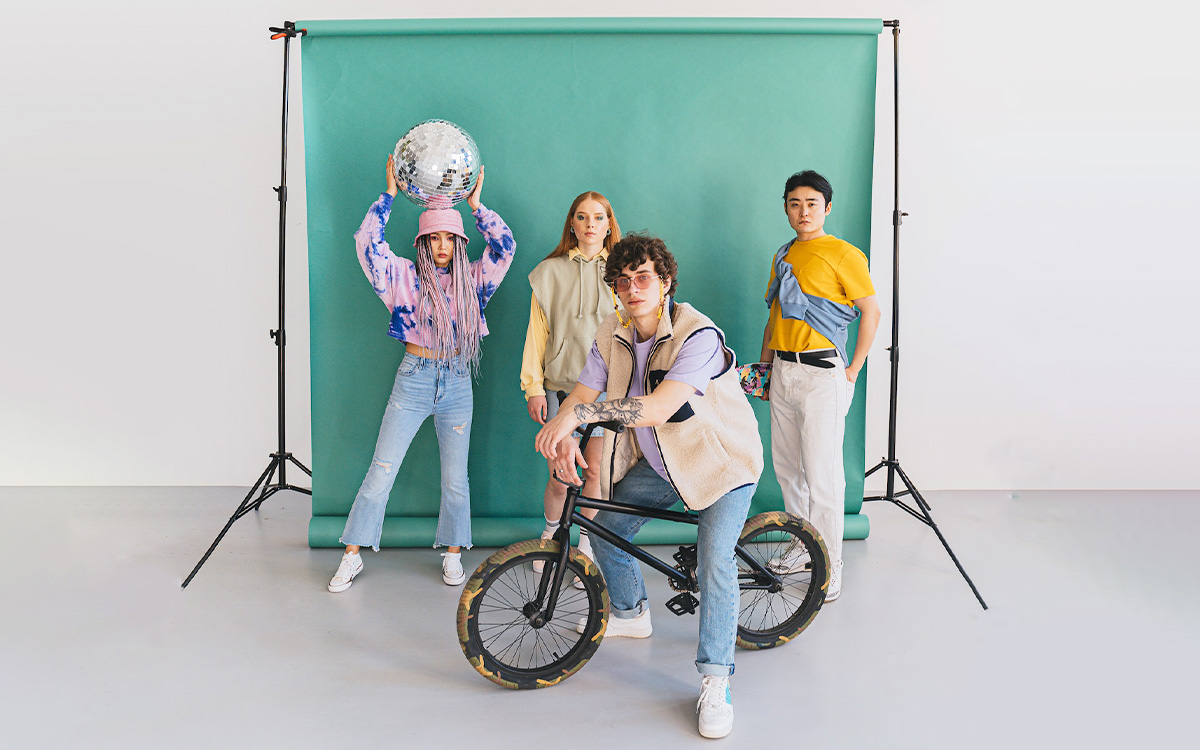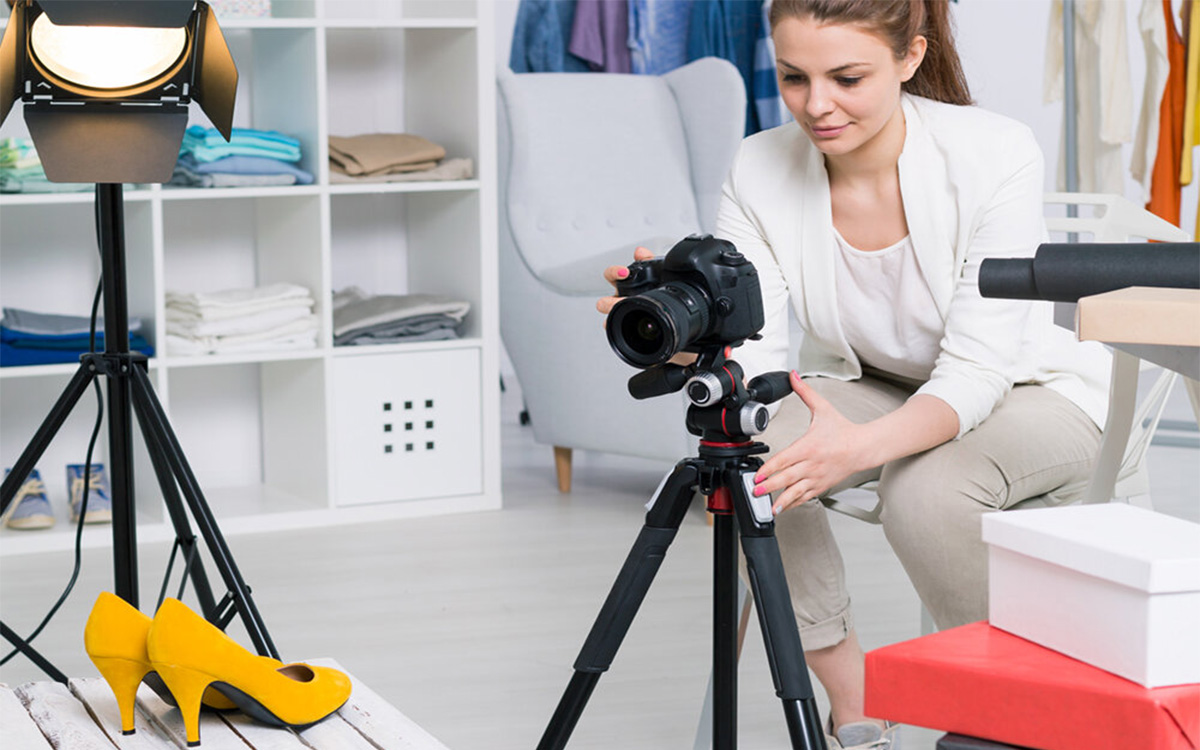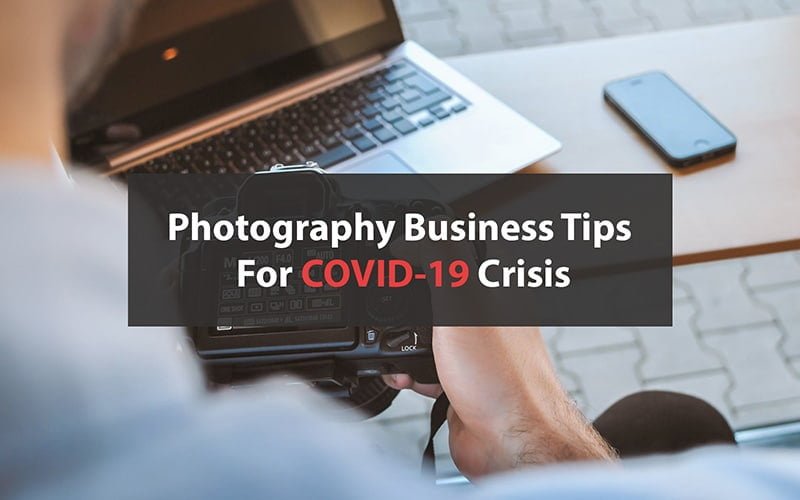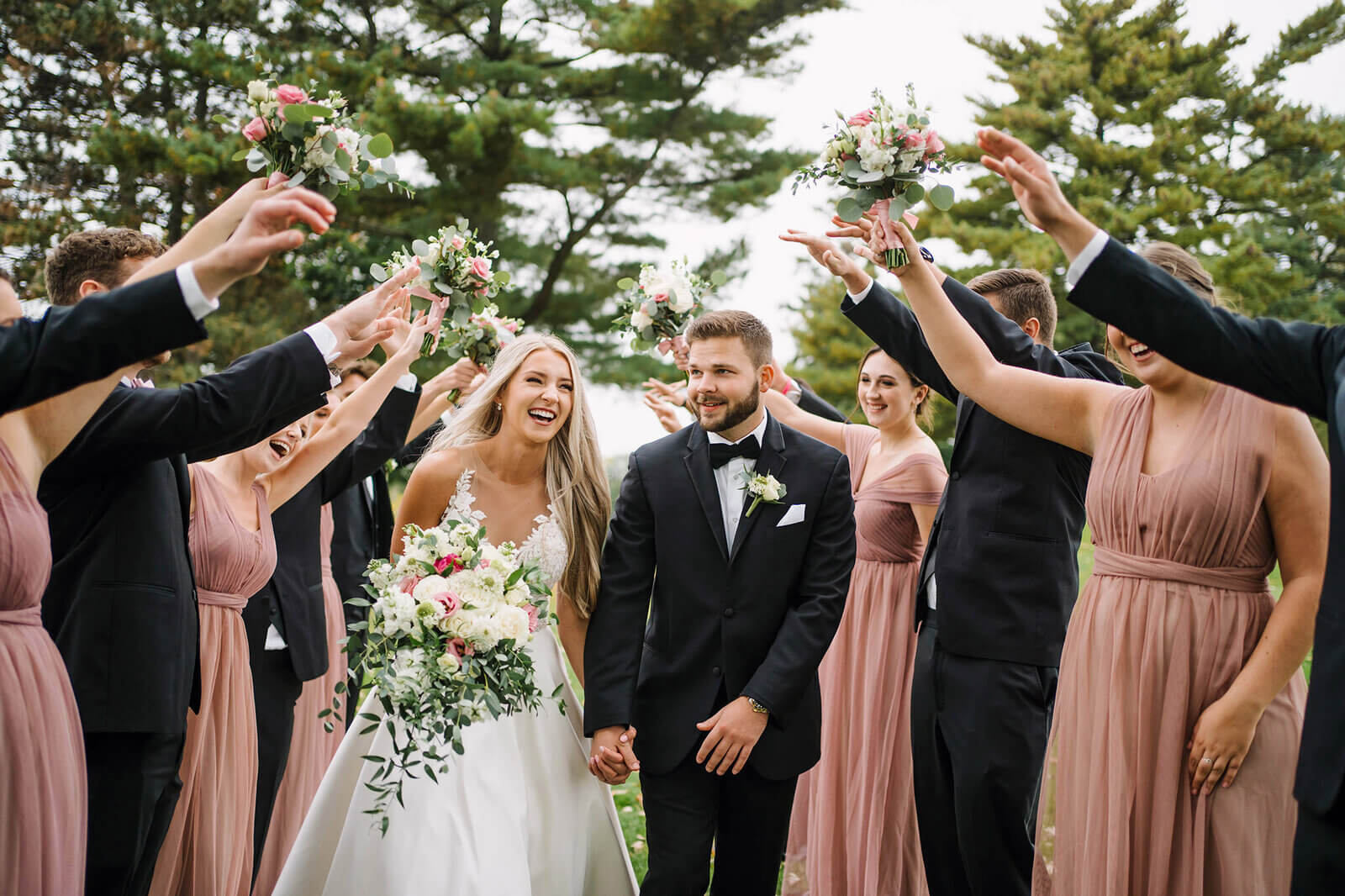A background scene of a photo is crucial to highlight its front part. That’s why backdrops play a vital role in photoshoots, especially studio photography. If you are looking for a backdrop for your studio but can’t decide on the best one for your photo shoot, you are on the right page.
Well. This content will give you the best backdrop size chart and guidelines with in-depth information. The major topics you will learn by reading this article are—
- What is a backdrop in photography?
- What do photographers use for backdrops?
- What photography backdrops should you choose— Questions to consider
- Standard photography backdrop size
- Photography backdrop size chart
- How do you read the dimensions of your backdrops?
- Where to buy photography backdrops online?
Also, you will get more efficient answers to relatable questions. So, no more talking, let’s get started.
What you’ll learn in this article
- 1 What is a backdrop in photography?
- 2 What do photographers use for backdrops?
- 3 What photography backdrops should you choose? Questions to consider.
- 4 Standard photography backdrop size
- 5 How do you read the dimensions of your backdrops?
- 6 Backdrops materials: Which material should you get?
- 7 Where to buy photography backdrops online?
- 8 Important FAQs of backdrop size
- 9 Conclusion
What is a backdrop in photography?
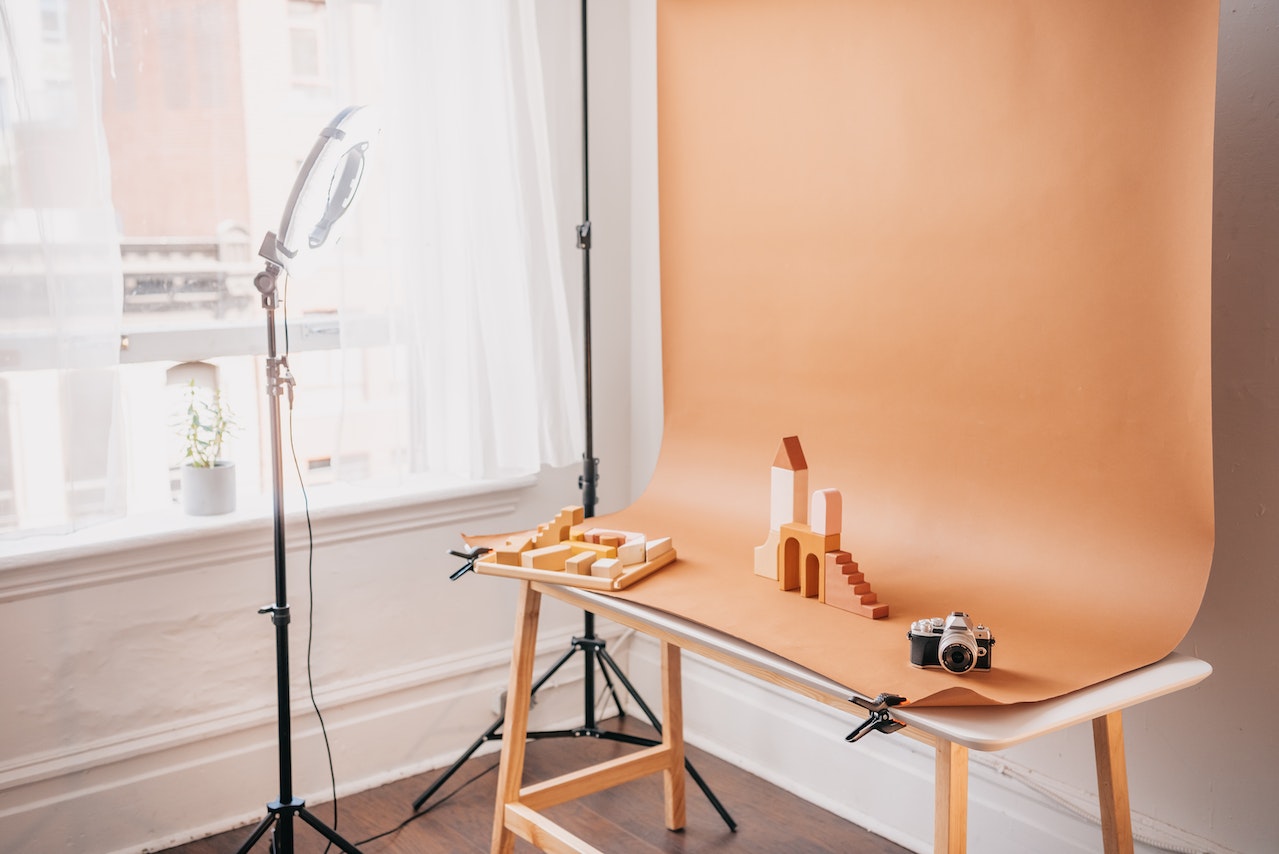
A backdrop in photography refers to a background screen used behind the subject to capture photos. Photography backdrops come in different types and styles depending on the photoshoot types and purposes.
Sometimes it aims to highlight only the main subject by making the behind screen clean and objectless. In this context, it basically takes one single color, especially white or black.
Instead, a backdrop is sometimes used to add context and emotion to the photo frame, aiming to combine with the subject and create numerous stunning shots perfectly. Here, a backdrop basically comes with delightful colors and canvas.
Moreover, backdrops are made with different materials like Fabrics, Collapsible discs, Seamless paper, vinyl, and many more. All of them are famous for their distinct characteristics and vintage use. To know more, scroll down.
What do photographers use for backdrops?
Photography backdrops are a crucial part of studio photoshoots as they can set the photo’s mood. A perfect background provides an edge to get connected with the viewers quickly. That’s why choosing the right background is essential.
There are different kinds of materials that photographers use as backdrops. Let’s take a look at them!
Collapsible Disc
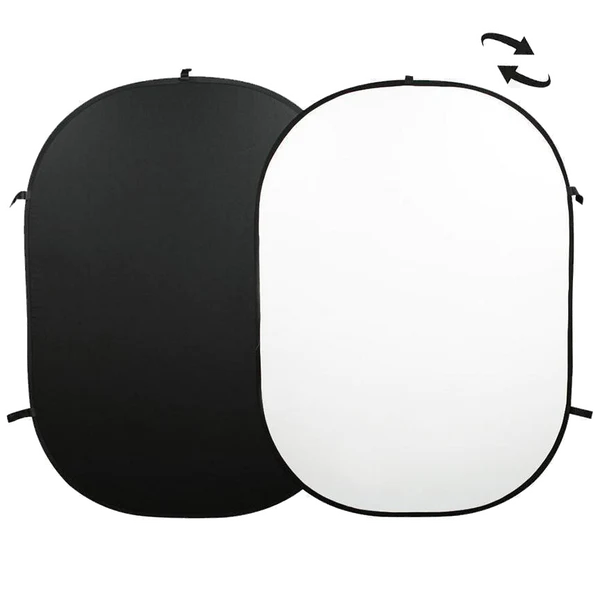
Collapsible discs are commonly used for photography backdrops. There are numerous types of collapsible discs, like solid colors, printed backgrounds, and painted options. These backdrops are perfect for use in headshots and portrait photography.
Moreover, collapsible discs are of limited sizes, that’s why they take less use for children and unpredictable subjects like pets.
Fovitec Reversible Backdrop
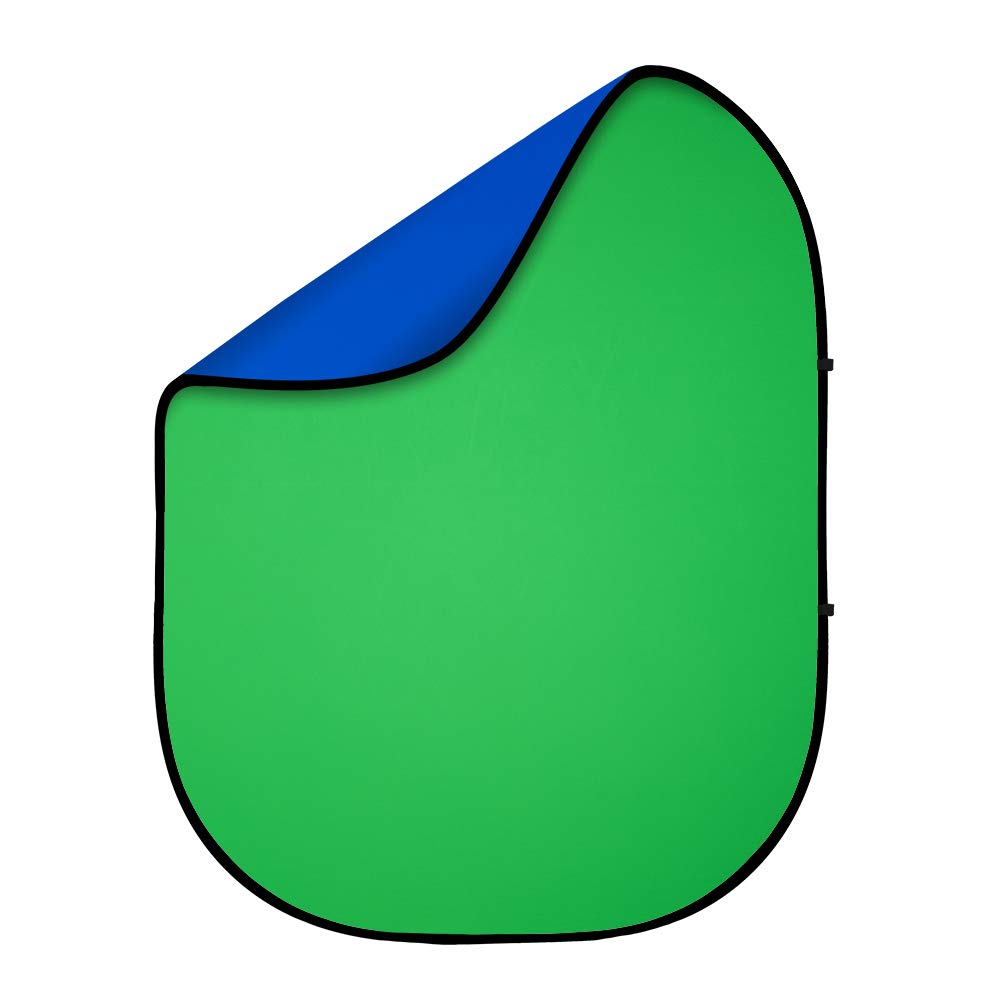
Fovitec reversible backdrops are versatile with black and white sides and are used for easy and quick photography. These backdrops contain a steel spring frame which gives a long-term span and functionality. Also, they provide excellent control to get the perfect shots.
Photographers use this backdrop for product photography, fashion photography, and headshots.
Fabric Backdrops
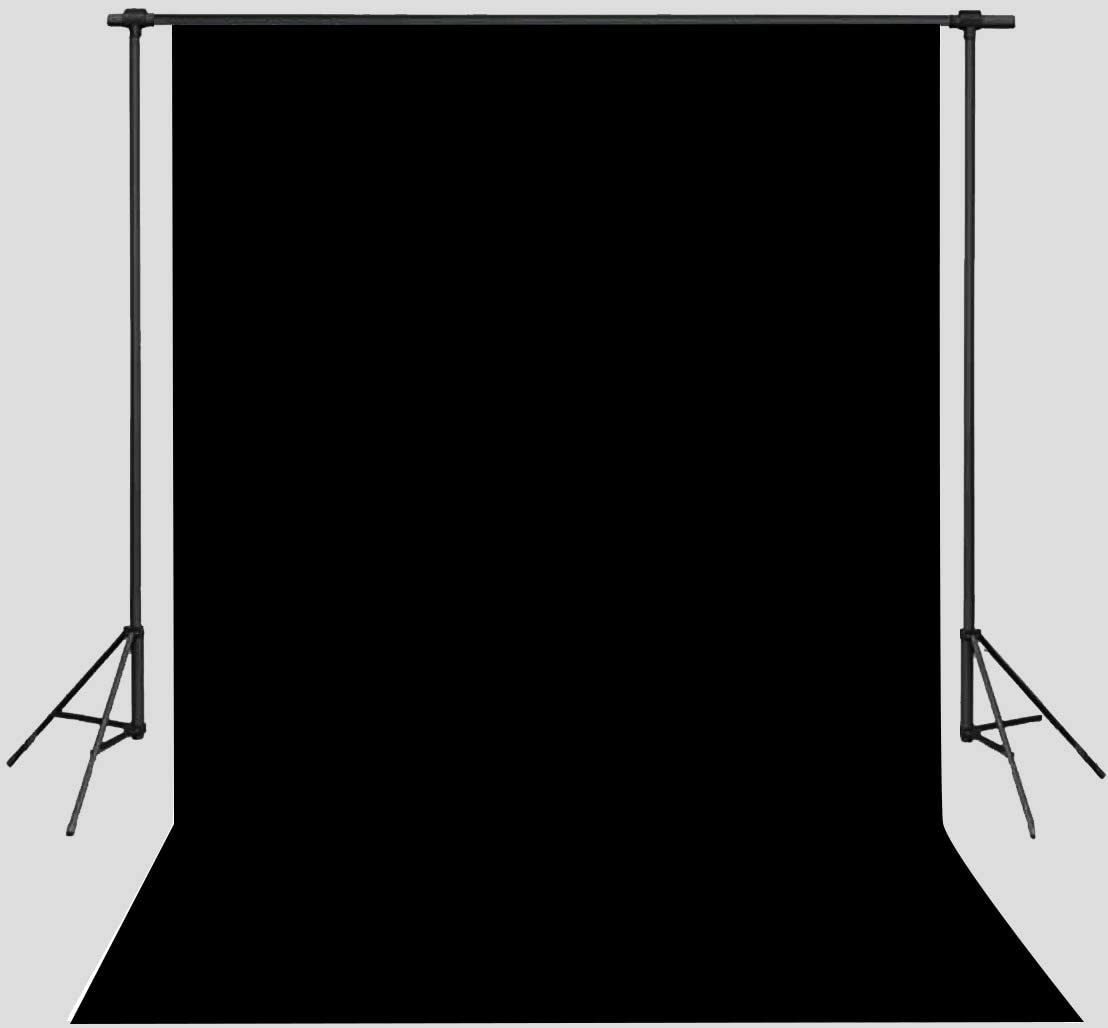
Fabric backdrops are commonly used for photography backgrounds. They are made with plenty of materials like polyester, canvas, muslin, velour, stretch knit, and others. These backdrops are perfect for each type of photo shoot, from group portraiture to product and fashion photography.
Photographers choose distinct fabric backdrops according to their studio environment and photography types.
Muslin Backdrops
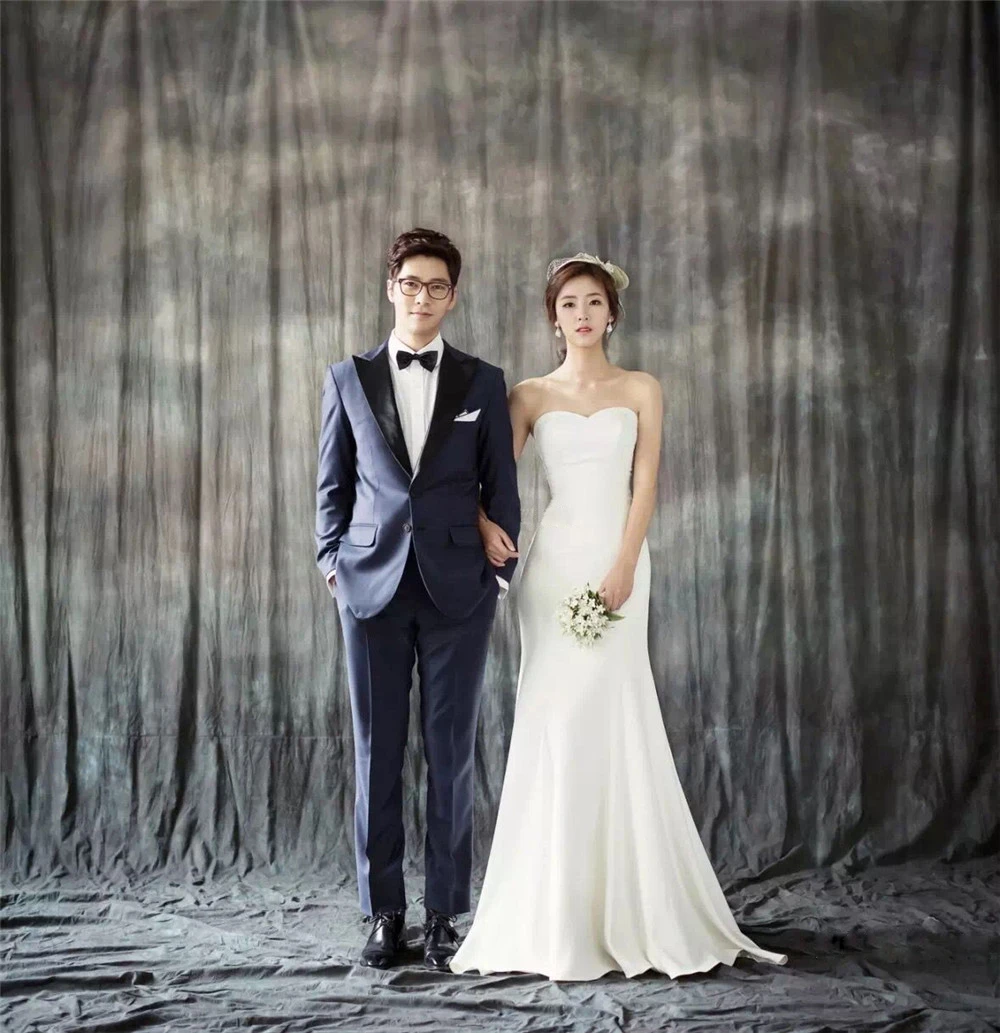
Muslin backdrops are made with non-reflective cotton that provides a professional look. Photographers use different types of muslin backdrops like a solid color, airbrushed, and handpainted. These backgrounds are versatile, durable, and highly used for studio photoshoots.
Polyester Backdrop
Polyester backdrops are also a type of fabric material, and they come in various sizes and colors. The most significant advantage of this backdrop is that it contains no wrinkles. In case there are any wrinkles, you can easily remove them by using warm ironing.
Seamless Paper Backdrops
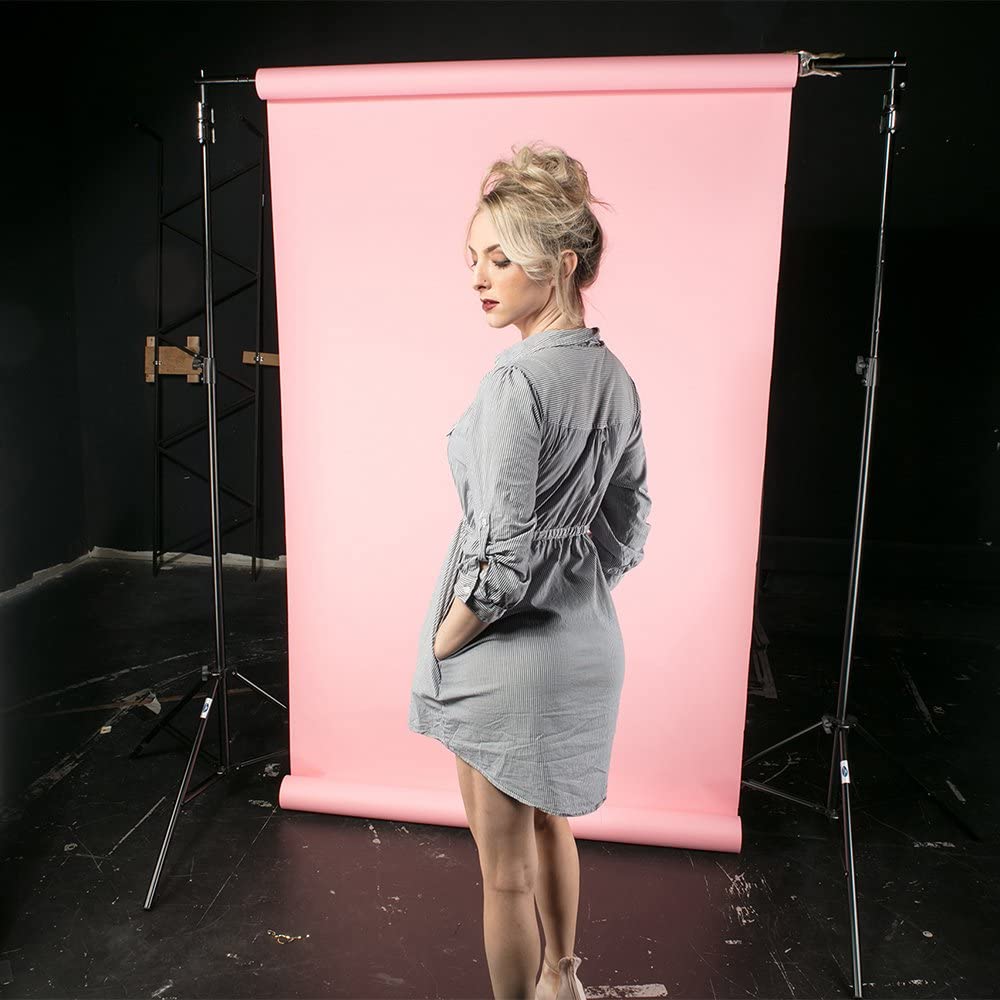
Seamless paper is famous for use as photography backdrops. Photographers can easily use this backdrop by sliding it onto the backdrop holder and securing it with the backdrop clips. Paper backdrops also contain different types, colors, and sizes. You can select any dimensions relatable to your studio and photography genres.
After reading the above discussion on different backdrops, you probably think of what backdrops you should choose. You will get clarification by going through the topics below.
What photography backdrops should you choose? Questions to consider.
Photographers use different size backdrops in dozens of colors and materials. You will get plenty of backdrop sizes ranging from 2 ft wide to 20 ft. But to choose the right backdrop, you need to consider some questions and facts, such as color, material, size, and many more, that perfectly match your studio, subject, and lighting.
Here, you will go through a detail!
Studio Size
The first thing you must consider is your studio size. A studio size will determine what size of backdrop you should purchase. Because it will not be the right decision to invest in a 20×20-foot backdrop if your studio wall takes only 10×15 feet.
For that reason, you need to consider your studio size when looking for a backdrop.
Number of Models
When buying a backdrop for your studio, you should select one that can accommodate single and multiple models per shot. For this purpose, you can choose a larger backdrop that can hold both single and multiple models.
Also, you can invest in several backdrop sheets to provide the best service to your customers. It will be wise if you have a large budget.
Backdrop Materials
Backdrops are usually made of different materials— wrinkle-resistant, matte vinyl, and lightweight canvas. The initial difference between them is the cleaning process. Wrinkle-resistant backdrops can be cleaned and washed by machine.
In contrast, matte vinyl and lightweight canvas need spot and dry cleaning. For that reason, you should choose one that suits your cleaning atmosphere.
Colors
Color is one of the most crucial things to consider when choosing a backdrop because every type of photography demands a particular color background.
Backdrops are commonly made in three colors— black, green, and white.
Black backdrops give a more professional look to the photos, and green backdrops are used to add visual effects prior to printing and publishing. On the other hand, white backdrops are perfect for capturing headshots and promoting products.
Texture
You will get two options in the backdrop— textured and non-textured. Non-textured backdrops create a silky-smooth background to the photos. In contrast, textured backdrops make the background look like the object is anywhere except in the middle.
For that reason, you should consider one that is suitable for your studio.
Standard photography backdrop size
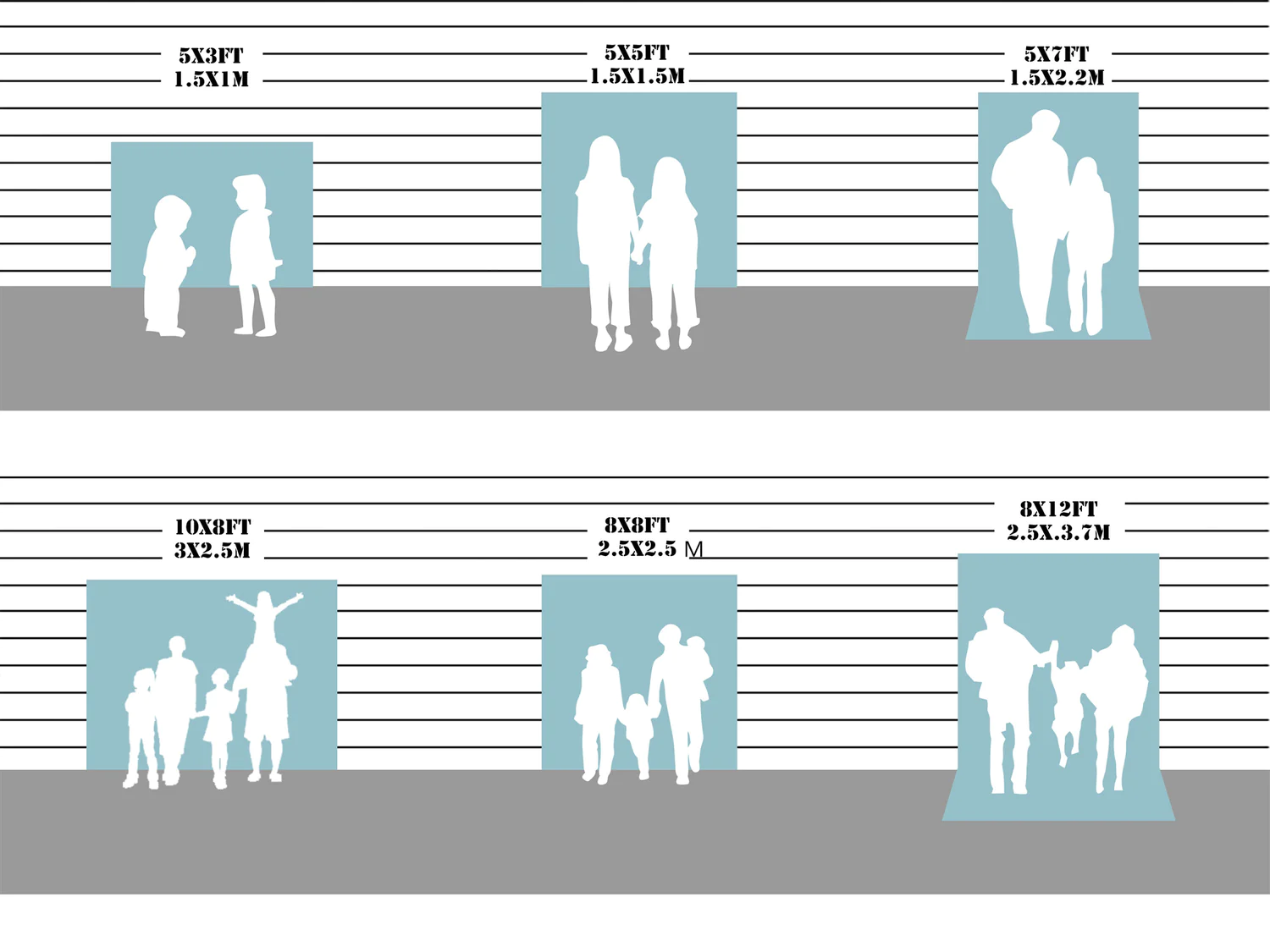
You already know that backdrops come in different sizes according to photography types. Here you will get a standard photography backdrop size guide with detailed information.
Square Size
Squire backdrops are all-side equal backdrops that are used in a photoshoot. From small to large, you will get different sizes of squire backdrops used in photography, such as 4×4, 5×5, 6×6, 7x,7, 8×8, 9×9, 10×10, and more.
Square backdrops are perfect for capturing horizontal portraits and small group photos.
Tall Size
Tall backdrops are types of photography backdrops that are much longer in vertical length compared to horizontal distance. You will get different sizes of tall backdrops, such as 5×9, 7×12, 9×16, 10×20, and more.
Tall backdrops are perfect for use in full-body portrait photoshoots. Also, you can use it for headshots and ¾-length portraits.
Wide Size
Wide backdrops are the opposite type of tall backdrops, which are much longer in horizontal length compared to vertical height. There are multiple sizes of wide backdrops, such as 9×5, 10×8, 12×7, and more.
Wide backdrops are perfect for group photography, including like family, friends, and group headshots.
Large & Extra Large
Large and extra-large backdrops are great for every type of photo shoot, from portraiture to product photography. This backdrop can be any large type of wide, tall, or squire backdrop, such as 8×8, 10×10, 20×10, and more.
Large and extra-large backdrops provide a full length for a larger family or group. It will be a perfect choice if you want to pull your model far from the backdrop.
Photography backdrop size chart
After getting in-depth knowledge of standard backdrop photography size, you may need a backdrop size chart to get an overview. We feel your heart; that’s why we made this backdrop-size chart. Let’s look at that!
| Backdrop Type | Backdrop Size (feet) |
| Squire | 4×4, 6×6, 8×8, 9×9, 10×10 |
| Tall | 5×9, 7×12, 9×16, 10×20 |
| Wide | 9×5, 10×8, 12×7 |
| Large/Extra Large | 8×8, 10×10, 20×10 |
How do you read the dimensions of your backdrops?
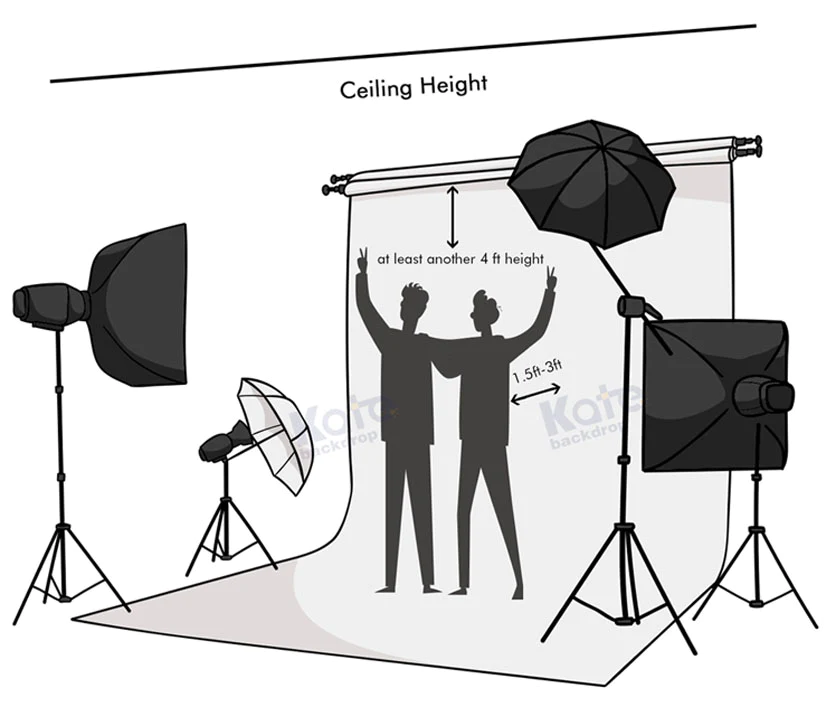
Before selecting a backdrop for photography, you need to understand the dimensions of the backdrops. Because it’s essential for studio photography to accommodate the backdrop height with its width.
If you cannot read the dimensions of your backdrops properly, there is a high chance of getting your background unusual. And it will create an adjusting issue in your subject and backdrop. Here are some tips for reading the backdrop dimensions according to their sizes.
3 Feet Tall Backdrop
When buying a 3 feet tall backdrop, you must choose its width depending on the subject matter. For instance, if you want to use it for small products or pets, you must select a 4-foot to 7-foot wide crossbar. And it will be perfect to choose 6 feet to 10 feet wide crossbar for more versatility.
8 Feet to 10 Feet Tall Backdrops
These tall backdrops are commonly used in professional studios. Though these backdrops are versatile and perfect for child portraits and family portraits, the crossbar width of backdrops will depend on how many persons are going to be in the photo frame.
For example, capturing a smaller size family with four or five members will require a 6-foot to 10-foot wide standard crossbar. But if you want to capture a big family with more than 6 or 8 members, you should choose 8-foot to 14-foot wide crossbar.
12 Feet to 14 Feet Tall Backdrops
These tall backdrops are crucial for professional photographers. You can use them for full-length portraits of a single person, group, family, and larger products. The crossbar of these backdrops will depend on the subject matter.
For instance, if you want to capture a large family or group or large products, you should extend your backdrop width by adding your connecting kits.
Backdrops materials: Which material should you get?
A perfect backdrop material can make a massive difference in your backdrop’s appearance, care, and durability. Backdrops can be made with different materials such as fabric, matte vinyl, canvas, and more.
Below we will discuss the common backdrop materials and their advantages.
Fabric Material
Backdrops are often made with fabric materials, and they can be solid-color wrinkle-resistant using white, black, green, and others. Fabric backdrops provide multiple advantages and perform like paper as they are reusable and environment-friendly.
Fabric backdrops are made from polyester, which is 100% reflection-free, machine washable, and easy to move. You can choose this backdrop for your studio because it contains an ultra-matte surface and it’s light-friendly.
Matte Vinyl
Backdrops are also made with matte vinyl materials, which are an excellent option for doing anything messy like children’s cake smash or pet photography. The matte vinyl backdrop’s surface is easy to clean with damp cloths.
Moreover, matte vinyl backdrops are flexible to be rolled for storage. This backdrop is not affected by humidity.
Canvas
Canvas backdrops are suitable for studio photography. This backdrop is soft and waterproof. Though this backdrop is not washable, it can be cleaned with water or gentle detergent.
Canvas backdrops are perfect for hand painting and can serve a long time. These backdrops can be rolled for storage and are easy to light.
Rubber
Rubber is also used as backdrop material for photography. The floor mats made of rubber are sturdy, wrinkle-resistant, and waterproof. This digital-printed backdrop features a thickness, making the patterns high-definition and realistic.
Rubber floor mats are convenient to walk and roll up for storage.
Where to buy photography backdrops online?
Studio photographers must have a wise collection of backdrops to capture product photos or portraitures. But where to find these backdrops instead of local stores?
Well. You will get numerous online stores that sell photography backdrops. Here I am mentioning some popular backdrop companies for you.
Backdrop Outlet
Backdrop Outlet is a famous online backdrop seller that provides a wide range of backdrops. You will get multiple realistic prints of wood, marble, brick walls, colorful vinyl, and more.
Backdrop Express
Backdrop Express is famous for providing cloth, vinyl, seamless paper, wrinkle-resistant fabric, solid-colored backdrops, sequin backdrops, and more. You will also get floor mats, digital screens, and green screen backdrops from them.
Amazon
Amazon is one of the top backdrop sellers on ecommerce platforms. You will get here a variety of backdrops manufactured by different companies. You can choose one that suits your studio photography.
Photo Pie Backdrops
Photo Pie is a popular online platform for buying customized backdrops. You can create unique backdrops on this platform by featuring your logo, artwork, and images. Also, they offer the option to have a floor mat drop created to flow seamlessly from top to bottom.
Important FAQs of backdrop size
What is the best size for a photography backdrop?
There are numerous backdrop sizes for different photoshoots. But it will be best to choose a larger backdrop rather than a small one because it’s easier to crop an image than digitally extend the background.
What size backdrop for family portraits?
A backdrop of 9 x 10 sizes is considered the best for family portraits, full-length portraits, and larger product shots.
What size backdrop for newborn photography?
You can choose a 5 x 8.8 ft & 6 x 9.8 ft backdrop for newborn photography because it’s large enough for children and newborns to make perfect photoshoots.
What size backdrop for headshots?
A 5′ wide by seven ′ long-backdrop is considered the best size for headshot photography. Also, you can use any large-size backdrop for this.
What size backdrop for the photo booth?
For the photo booth, it’s always best to choose a larger backdrop because it will easily cover each type of photo shoot. Also, you can choose different backdrops of multiple sizes if you have a sufficient budget.
What is the average size of a backdrop?
The average size of a backdrop is around 8 x 10 (feet) or 2.4 x 3 (meters). You can use this sized backdrop in almost every photoshoot.
Conclusion
Backdrops are an essential part of studio photography. It plays an important role in portraitures and product photoshoots. In this article, you get a vast idea of photography backdrops, including a backdrop size chart. I hope now it’s easy for you to decide what backdrop you should choose for your studio. So, go forth, and make your goal.
